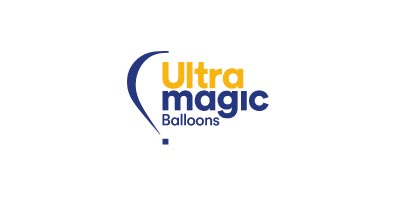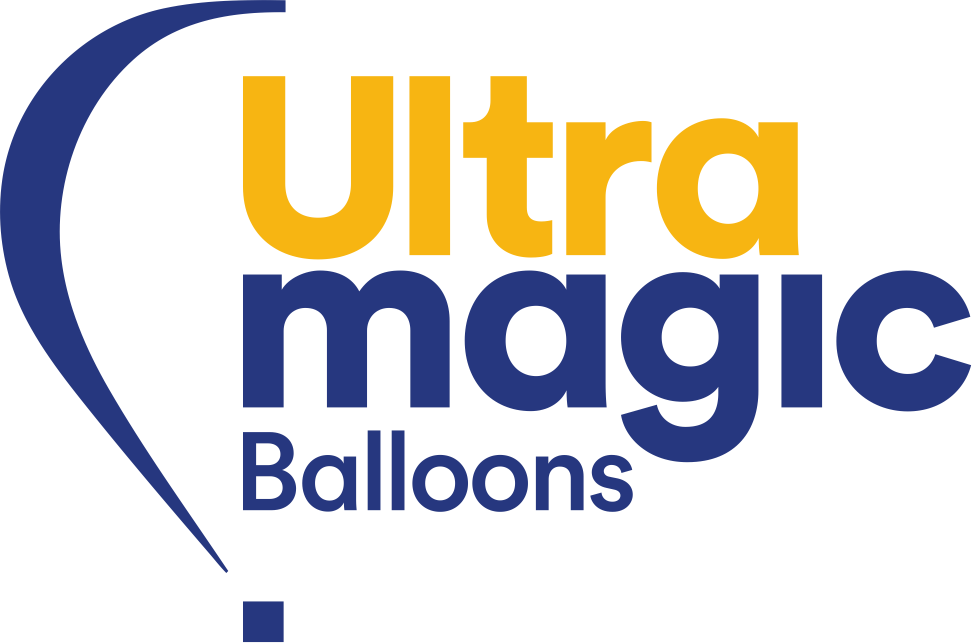Ballooning World
Competition flying or racing
Once one becomes a more experienced pilot it can be fun to share your flying with others at balloon festivals or competitions. These events enable a number of balloons to be in the air at one time and are spectacular sights both for the balloonists and the general public.
Most balloon festivals have some form of competition included in the event. This is usually a friendly competition where a small prize or trophy is involved. However in some of the larger sponsored events these prizes can be quite large and can often consist of large cash sums, a brand new car or even a new balloon.
These types of events with large prizes normally involve a task where the pilots take off from outside the arena where the public are and try to steer their balloon back into the arena and remove a set of keys from the top of a pole 10 to 20 feet high (3 to 6m) above the ground. For obvious reasons this task is called a Key Grab.
However the most popular task to compete in at general balloon festivals is the Hare and Hounds. This is where one balloon (the hare) takes off and all the rest of the balloons (the hounds) follow and try to land close to the hare. They may drop a marker by the landing place of the hare rather than landing.
The prime function of balloon festivals is the gathering of balloons for the benefit of the pilots and crew as well as the general public where all can have fun in safety. There are also more specialised events where their main purpose is a competition with the purpose of testing the pilot’s skills throughout the whole event. These will be described as a Competition, Race or Grand Prix and in most cases will determine a local, area, national or international champion or contribute to that result.
Competition requires a great deal of skill in reading and using the winds at various altitudes to “steer” the balloon close to the target. At some levels of competition pilots have become so skilled that after flying for 30 minutes or more and covering quite large distances they can be dropping their marker right in the centre of the target cross. Quite often the distance between the markers of the first four placed competitors can be millimetres or fractions of an inch.
How can balloons compete or race?
Balloons do not normally compete or race in the same sense as in motor racing or boat racing where the winner is the first across the line. Balloon competitions consist of winning one or more set “tasks”.
There are many variations of the competition task but in nearly all cases they involve the balloonist throwing a lightly weighted streamer or marker as it is called at a predetermined target or “X”. The drops are measured and scored by the designated “observers” on the ground. The closest to the centre of the target is the winner of that task.
How do competitions operate?
Somebody has to organise the competition and set the tasks before each flight. This is the responsibility of the Competition Director. Rules have to be laid down and given to everybody concerned and official Observers have to be allocated. Competition directors have established over the years a number of extremely complicated tasks for pilots to accomplish. Pilots who violate the rules lose points. So even when a pilot has flown really well it does not always determine the winner.
Skill in all aspects of flying is involved. Knowing the rules, accuracy of navigation and plotting of targets is just as important. This all adds to the excitement. Targets are very often road intersections. The targets are usually identified by their map coordinates.
Where more than one target is involved in the task the second target is allocated by the pilot during flight and written on the marker and so on if there is a third target. The first target’s coordinates must be declared before launch. So one can see it can be very easy to make mistakes when writing down the coordinates or choosing the target. This is an area where points are often lost.
At a set time at the end of each flight the competition director works closely with the observers and determines who is winning the competition and all of the subsequent positions at that point in the competition.
What are the tasks?
These can vary depending on the level of competition you are in but most countries now use the formally recognized tasks, which are set at world championship level. Listed below are the tasks currently being used by the world ballooning competition organizations:
- Pilot declared goal:
Competitors attempt to drop a marker close to a goal selected and declared by him before flight. The result is the distance from the mark to nearest valid declared goal. Smallest result is best.
- Judge declared goal:
Competitors attempt to drop a marker close to a set goal. The result is the distance from the mark to the target, if displayed, or goal. Smallest result is best.
- Hesitation waltz:
Competitors attempt to drop a marker close to one of several set goals. The result is the distance from the mark to the nearest target, if displayed, or goal. Smallest result is best.
- Fly in:
Competitors find their own launch areas and attempt to drop a marker close to a set goal or target. The result is the distance from the mark to the target, if displayed, or goal. Smallest result is best.
- Fly on:
Competitors attempt to drop a marker close to a goal selected and declared by them during flight. The result is the distance from the mark to the nearest valid declared goal. Smallest result is best. The competitor must write clearly on the previous marker the declared goal for fly on. If the previous marker is not dropped or no goal is written on the marker the competitor will not achieve a result.
- Hare and hounds:
Competitors follow a hare balloon and attempt to drop a marker close to a target displayed by the hare no more than two meters upwind of the basket after landing. The result is the distance from the mark to the target. Smallest result is best.
- Watership down:
Competitors fly to the launch point of a hare balloon, follow the hare and attempt to drop a marker close to a target displayed by the hare no more than two meters upwind of the basket after landing. The result is the distance from the mark to the target. Smallest result is best.
- Gordon Bennett memorial:
Competitors attempt to drop a marker within a scoring area(s) close to a set goal. The result is the distance from the mark to the target, if displayed, or goal. Smallest result is best.
- Calculeted rate of approach task (Crat):
Competitors attempt to drop a marker within a valid scoring area close to a set goal. The scoring area(s) will have unique times of validity. The result is the distance from the mark to the target, if displayed, or goal. Smallest result is best. A competitor who does not achieve a mark inside a scoring area during its time of validity, will not achieve a result.
- Race to an area:
Competitors attempt to drop a marker in the shortest time within a scoring area(s). The result is the elapsed time from take off to the marker drop. Smallest result is best. The timing ends at the moment the marker is released, falling or on the ground as seen by the observer or recovered in the hands of the observer which ever is first.
- Elbow:
Competitors attempt to achieve the greatest change of direction in flight. The result is 180 degrees minus the angle ABC. Greatest result is best.
- Land run:
Competitors attempt to achieve the greatest area of a triangle “A”, “B” and “C” The result is the area of triangle ABC. Greatest result is best.
- Minimum distance:
Competitors attempt to drop a marker close to the common launch point, after flying a minimum set time. The result is the distance from the mark to the launch point. Smallest result is best.
- Shortest flight:
Competitors attempt to drop a marker close to the launch point within a set scoring area(s). The result is the distance from the mark to the launch point. Smallest result is best.
- Minimum distance double drop:
Competitors attempt to drop two markers close together in different scoring areas. The result is the distance between the marks. Smallest result is best.
How do I get involved in competition flying?
- Join a club in your local area or region and start flying with other balloonists.
- Go to a few festivals to try your hand at a few simple hare and hounds tasks.
- Check with the balloonist organisation in your country how and when they organise the various competitions. Many organisations have training events where pilots and crew can be gently introduced to competition flying.
- Talk with your Ultramagic dealer or if there is not one in your area contact Ultramagic customer support. Ultramagic have a close involvement with competition ballooning. Many of the dealers compete. The directors of Ultramagic regularly compete at local, national and international level and are keen to encourage new pilots and experienced pilots alike to this exciting area of the sport.
Do I need special equipment?
Para empezar a competir, se requiere muy poco equipo. Los mínimos son un mapa, una buena brújula, unos prismáticos, una regla a escala y un transportador. Globos de helio pequeños y un cilindro de helio pequeño también resultan útiles. Si se convierte en un concursante serio, entonces un GPS puede ser una sabia inversión.
Ultramagic es pionero en el desarrollo de globos para competiciones de vulo de alto nivel y muchos de los pilotos más renombrados del mundo vuelan con nuestro globo de carreras (The Racer). Una vez sienta que el vuelo de competición es realmente lo suyo, quizás quiera considerar la posibilidad de adquirir este globo. Su distribuidor de Ultramagic estará encantado de contarle más detalles sobre este globo de carreras.
Give it a try!
If you are looking for something extra with your ballooning then give competition flying a try. It can open up a whole new way of flying whilst enabling you to improve your flying skills. It will also give you the opportunity to meet more pilots with the same interests.


